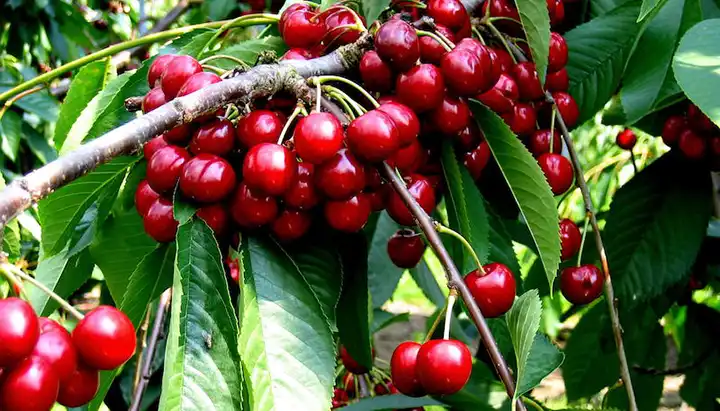How to Air Layer a Papaya Tree: A Step-by-Step Guide
Air layering is a sophisticated yet straightforward vegetative propagation technique that encourages a plant to develop roots on a stem while it’s still attached to the parent plant. This method is particularly useful for plants like the papaya tree, which might not root well from cuttings or where you want to ensure a genetically identical clone of the parent. Here’s how you can successfully air layer your papaya tree.

What You’ll Need
- A sharp knife or pruning shears
- Sphagnum moss, soaked and drained
- Clear plastic wrap
- Horticultural tape or twist ties
- Rooting hormone (optional)
- A plastic bag or cling film
Step 1: Select the Branch
Look for a healthy, mature branch on your papaya tree that’s at least one year old. The ideal branch should be pencil-thick for the best chance of rooting. Avoid branches that are too young or too old.
Step 2: Make the Cut
Carefully make an inverted ‘V’-shaped cut about one-third into the branch. The point of the ‘V’ should be upwards, and the cut should be made around 9 to 12 inches from the branch tip. Ensure you leave the bark at the point of the ‘V’ attached to maintain the branch’s connection to the tree. This cut encourages the tree to start forming roots at this wound site.
Step 3: Apply Rooting Hormone (Optional)
This step is optional but can significantly increase your success rate. Apply a rooting hormone to the exposed inner wood of the cut to stimulate root growth. Ensure that the product is suitable for edible plants like papaya.
Step 4: Encase in Sphagnum Moss
Take your soaked sphagnum moss and wrap it around the cut section of the branch, ensuring the moss covers the wound completely. The moisture in the sphagnum moss is crucial for root development, so make sure it’s thoroughly soaked but not dripping.
Step 5: Wrap with Plastic
Cover the moss with clear plastic wrap, ensuring that you seal it tightly to maintain humidity and moisture around the cut. Secure the ends with horticultural tape or twist ties to prevent moisture from escaping and to keep out pests.
Step 6: Monitor and Wait
The waiting game begins now. Keep an eye on your air layering project, checking periodically to ensure the moss remains moist. It can take anywhere from a few weeks to several months for roots to appear, depending on the conditions.
Step 7: Sever and Plant

Once a healthy network of roots has developed within the moss (you should be able to see them through the plastic if it’s clear), it’s time to remove the new sapling from the parent tree. Use a sharp knife or pruning shears to cut below the rooted section. Carefully remove the plastic and moss without damaging the roots.
Plant your new papaya sapling in a pot with well-draining soil, and water it regularly to keep the soil moist but not waterlogged. With proper care, your sapling will grow into a healthy papaya tree, genetically identical to its parent.



















